You know all of those metrics you track?
They’re probably worthless.
I’m not saying they have absolutely no value, of course. I’m just saying they’re doing nothing for your bottom line most of the time.
These are the things that you think matter, but don’t.
In other words, you can track them, but don’t rely on them for real dollar value.
The trick is knowing which ones are valuable and which aren’t.
Here’s why some of those “important” metrics don’t really matter. Along with a few actionable ones you should worry about instead.
1. Clicks + Pageviews
We’ve heard it all before. The questions, the egos, the bragging.
How do I drive 100,000 visitors in a month? I need traffic fast!
Here’s how I drove 4,000 visitors a day, you can too with these simple tricks!
*sigh*
It sounds too good to be true, because it is.
Unless you’re getting paid for the pageview, and you want people to bounce instantly and never return, then go for it. Spam your link on Pinterest, forums and Reddit.
But, if you want to be realistic with yourself, clicks on your ads and page views on your content mean nothing if people aren’t either:
- Sticking around and reading more on your site
- Converting / buying a product or service / signing up for something
- Fulfilling the goal you have set on that page for visitors
So, if your clicks went through the roof yesterday like this:
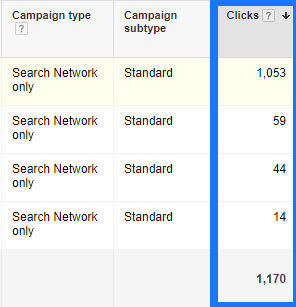
But, your conversions were like this:
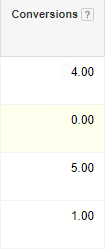
And your pageviews were like this:

But your goal completions were like this:
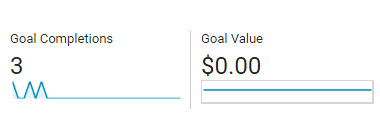
Then what.is.the.point?
Clicks and pageviews are worthless if they don’t lead to conversions.
2. CTR
CTR. The glorified metric that drives everyone from PPC to SERP “growth hackers” crazy.
Look at me, I’ve got a 66% CTR!
Oh cool, how many conversions did that get you? Two out of 4,000 clicks? Make it rain baby!
Ok, on a more serious note, here’s why CTR don’t mean $#!* in the real world:
Take a look at that AdWords table.
The highest converting, highest traffic keyword/ad group has the lowest CTR (by far).
YET… also the highest conversions (by far).
Paying a low bid on the keyword and spending less money = lower positions = more competition = lower CTR.
But, conversions are still sky-high.
The whole account has an average total CTR of 3.49%. That’s “not good.”
Except, the average Cost per Conversion is 5x lower than the average sale revenue.
I’ll take that deal any day of the week.
CTR ain’t the gold standard. I don’t care what your CTR is if it doesn’t bring in conversions.
3. Impressions
Let’s say you own a brick and mortar store. You sell shoes.
It’s launch day and you get 40,000 people to walk in and out of your store that day.
Those ads must be working!
You’re checking ‘the books’ and you see the following sales numbers: $500. Total.
Now do you get it?
Impressions are cool and all.
“Hey, (insertbossesname), our product was seen by 100,000 people today!”
But at the end of the day, they don’t matter if (can you guess what’s next?) they don’t lead to sales, conversions, or goal completions.
4. Total Backlinks
Backlinks are good. They help with ranking metrics and credibility.
But total backlink quantity is over-emphasized.
Constantly we see people worrying about how many links they can get, however they can.
*Queue Oprah Gif: You get a link! You get a link! And you get a link!
If your backlink profile is spammy:

… then those links don’t mean anything.
URL’s with low DA’s that are known for spamming or giving links like it’s candy on Halloween aren’t going to get you to the top of Google (anymore).
Ideally, you want a nice backlink profile from relevant, editorially-based sources that don’t just hand over easy links willy nilly.
5. Rankings
Rankings can be awesome. Who doesn’t love being #1 on Google?
We’ve all seen this graph before:
Sounds peachy, doesn’t it?
We simply grind our content to the top ten positions and get the lion’s share of clicks.
But, it’s BS. Just ask Wil Reynolds.
Google is constantly changing. Personalizing their methods, learning about real people, and real human interaction with their service.
SEO rankings are more related to user search history now.
There’s more importance being placed on things like first impressions and brand loyalty in today’s world than there is on keywords and content.
So doing all those little SEO tricks to get you to the #1 spot isn’t going to be as helpful as you think.
AND, #1 on the SERPs doesn’t translate into conversions.
You need a funnel. Not a ranking.
6. A/B Test Results
Most A/B tests fail to provide meaningful insights.
Why?
Because you’re testing your own opinions and assumptions, allowing that pesky biases to ravage your results.
That’s not the only problem, though.
Peep Laja from CXL tested tons of data and experiments and found that A/B testing is worthless if you have less than 1000 conversions. Per month. Minimum.
Welp, that’s disheartening. Unless you’re getting over 1k (minimum) conversions per month, forget A/B testing and the results you got.
They don’t mean anything.
They might look nice at first. But most likely, they’ll regress back to the mean eventually.
Here’s what you should be tracking, instead
Don’t drown in all this negativity just yet. There’s good news, too.
Here are a few metrics to focus on to help make the cash register ring.
1. Funnel Report Data
We just talked about how A/B testing was a waste of time unless you have 1,000 minimum conversions per month.
BUT, you can figure out your conversion trouble spots much faster using funnel report data (courtesy of Kissmetrics).
Funnel reports show you how users actually move through your website.
You can see who performed certain actions, who didn’t perform a desired action, and who skipped certain steps in your funnel (for good or for ill).
You can also track certain steps in your funnel:
So if someone visited, then signed up for a newsletter, then viewed a video, you’d know.
You can then use this data to do things like:
- Identify conversion bottlenecks preventing people from joining, signing up, opting-in, or signing on the dotted line
- Segment your audience into cohorts to further analyze your funnel
- Zoom in on your acquisition funnel to see exactly where and when customers activate
Basically, you can determine how to increase conversions. Reliably. Consistently. Without running a single A/B test.
2. Backlink Quality
High quality backlinks can be hard to get.
You can’t fake ‘em.
They’re a leading indicator, sure. But the best kind.
It’s a measure of performance, telling you (1) how efficient those promotional activities are and (2) if you can expect to see increased traffic in the near future as a result.
For example, here’s what a good backlink profile should look like:
#humblebrag
It’s diverse.
We aren’t getting hundreds of links from the same site over and over, as the link quality wouldn’t be as strong or meaningful.
And there are links from other high-quality sites in our industry. Relevance for the win!
But building high-quality backlinks takes an investment.
One survey by Moz found that roughly 37% of business owners spend between $10,000 and $50,000 per month on external link building.
That’s a lot.
We’re not saying you have to invest that much. There is a lot you can do to get better backlinks without dropping that kind of dough.
The point isn’t to just build links. That poor-house mindset is how you end up with the junk.
The point is to look at how you’re getting those links. The campaigns and activities and efforts bringing them in.
Change the strategy, change the end result.
3. ROI
Good old ROI. The gold standard metric.
That no one ever talks about online.
You see all the other stuff here. You might see revenue numbers and customer counts.
However, rarely do you see blog posts diving into the bottom-line numbers that actually count.
Let’s say you get four impressions and one click (and one pageview), with a 0.25%CTR and 0.25% conversion rate.
BUT, you only spend $5 and the buyer converts for 10x your cost per acquisition.
See what I mean? Who gives a crap about any other metric in the end besides ROI.
Now, I’m not saying you should completely ignore optimizing for conversions. Definitely not. Those are extremely important.
Just keep in mind that data lies. High conversion rates aren’t always as promising as they look.
Look at historical data, pinpoint trends, figure out what ROI means for you.
Ask: How does this specific measurement help our company’s growth?
And by growth, we don’t mean impressions, rankings, etc.
Knowing the number of leads each ad campaign is driving is fine. But it’s not good. You can’t stop until you see how much revenue each attributes.
Conclusion
Some metrics matter more than others.
Traffic, clicks, page views, CTR, and… don’t matter as much in the long run. Vanity metrics like these sound amazing on press releases and blog posts and webinars and Growth Hackers and weekly stand-up meetings.
But they don’t help so much when it comes time to run the annual numbers.
You want to think big picture.
Look at your overall funnel. Where are people coming in? What are they doing? Where are they going?
Look at your backlinks to see which drive signups. Links, by themselves, are fine. But the important part is to first identify the ones driving real business actions. And then reverse-engineer which activities are driving the ‘winners’ vs. the ‘losers.’
And focus on the one metric that matters: Money. Moolah. The Big Bucks.
Track fewer, better metrics. The ones that count.
So you can learn faster, iterate faster, and eventually, profit faster.
About the Author: Brad Smith is the founder of Codeless, a B2B content creation company. Frequent contributor to Kissmetrics, Unbounce, WordStream, AdEspresso, Search Engine Journal, Autopilot, and more.
source https://blog.kissmetrics.com/metrics-you-think-are-important/


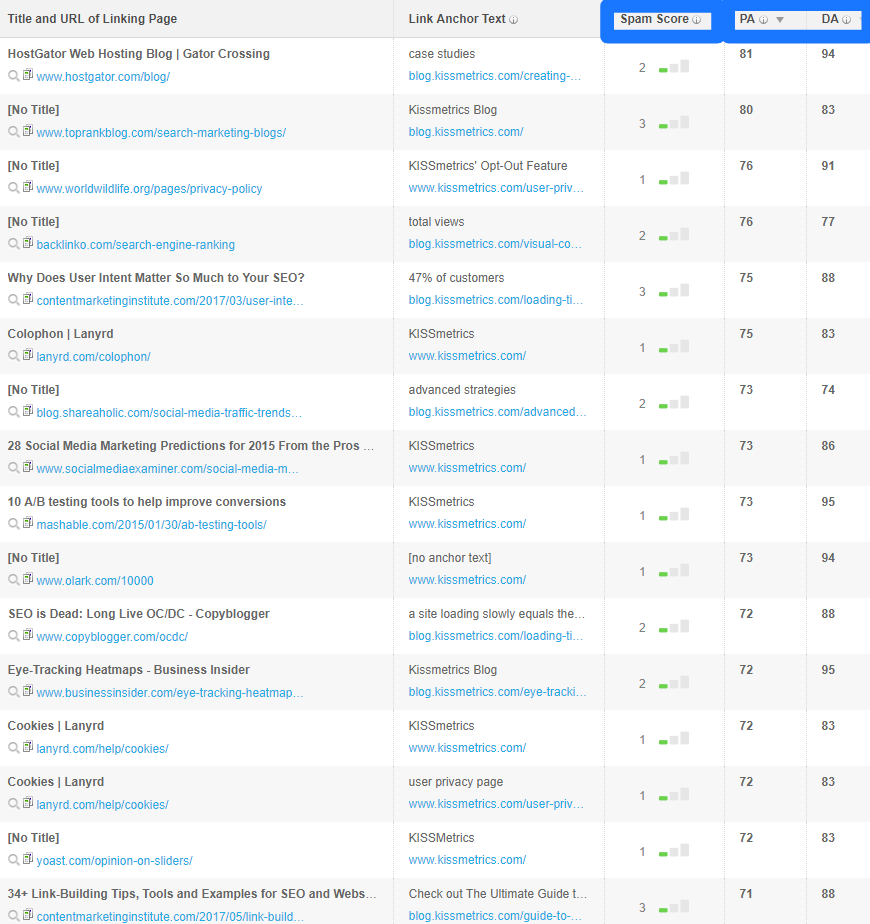
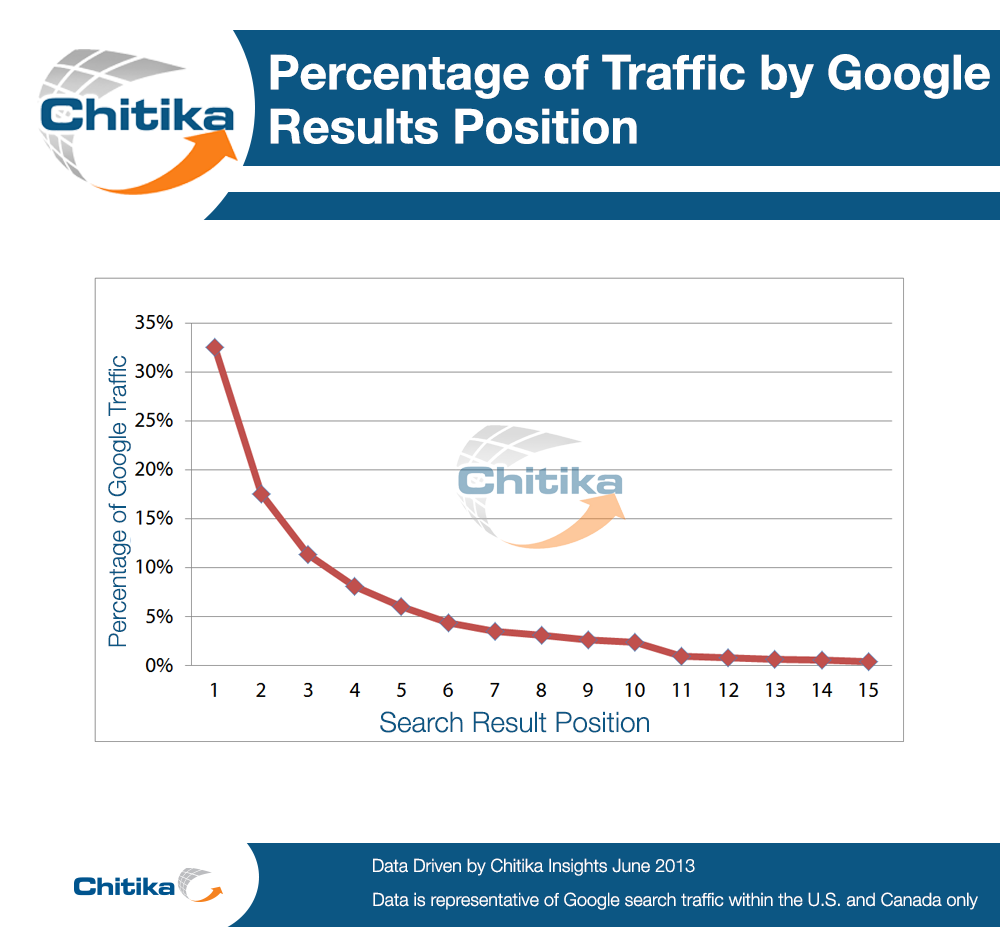
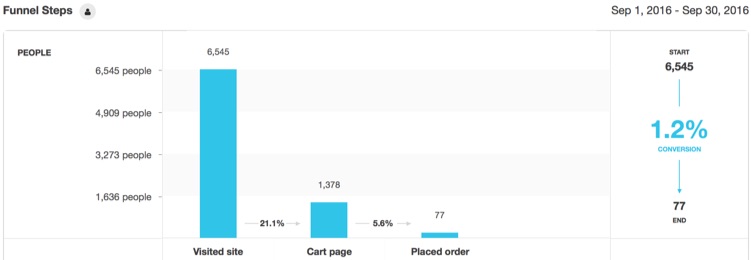
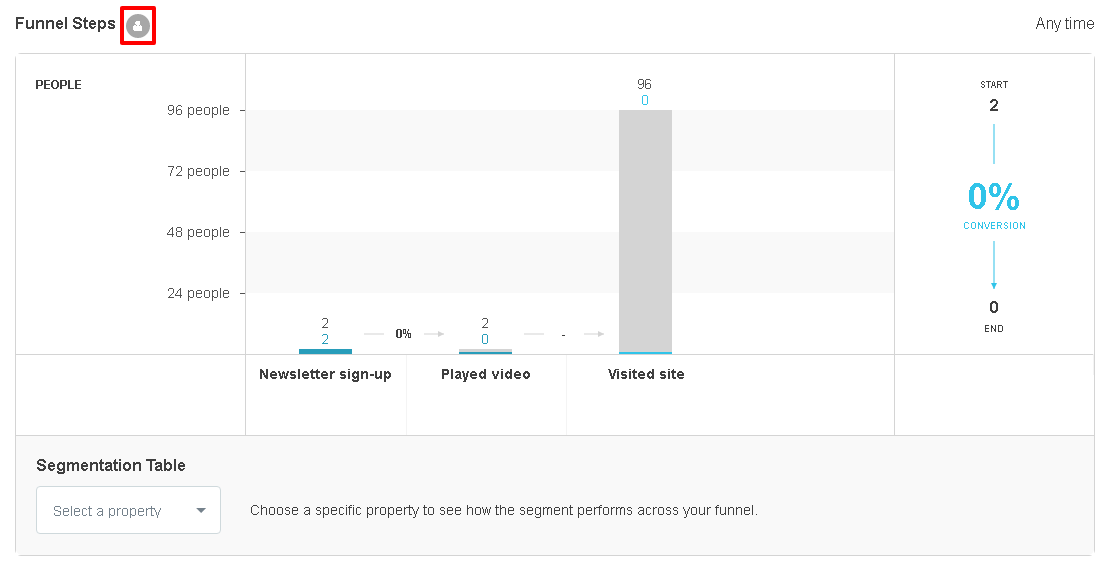
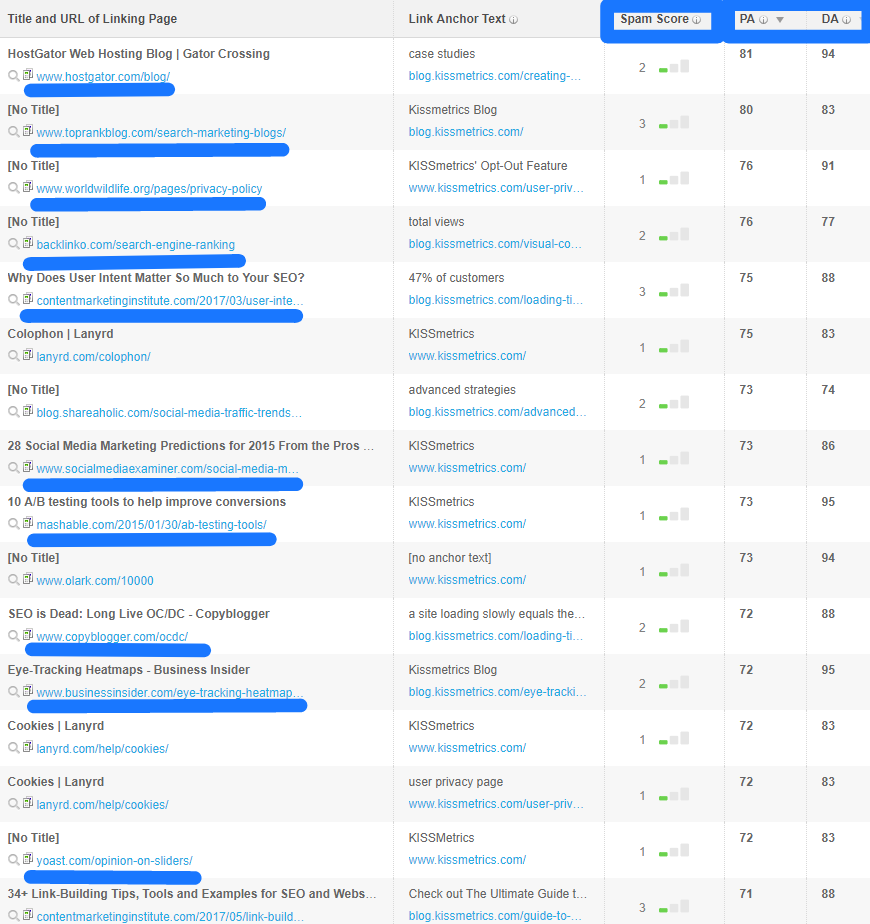
No comments:
Post a Comment